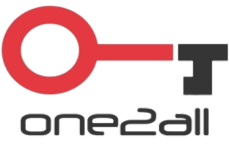Introduction to Construction Accounting
Finally, you want to find a solution that you can customize if you have special reporting or processing needs. This may be relevant for larger

Finally, you want to find a solution that you can customize if you have special reporting or processing needs. This may be relevant for larger
Detailed record-keeping is non-negotiable for any successful startup. This means meticulously tracking all income and expenses, backed up by supporting documentation like receipts, bank statements,
The equation for the overhead rate is overhead (or indirect) costs divided by direct costs or whatever you’re measuring. Direct costs typically are direct labor,